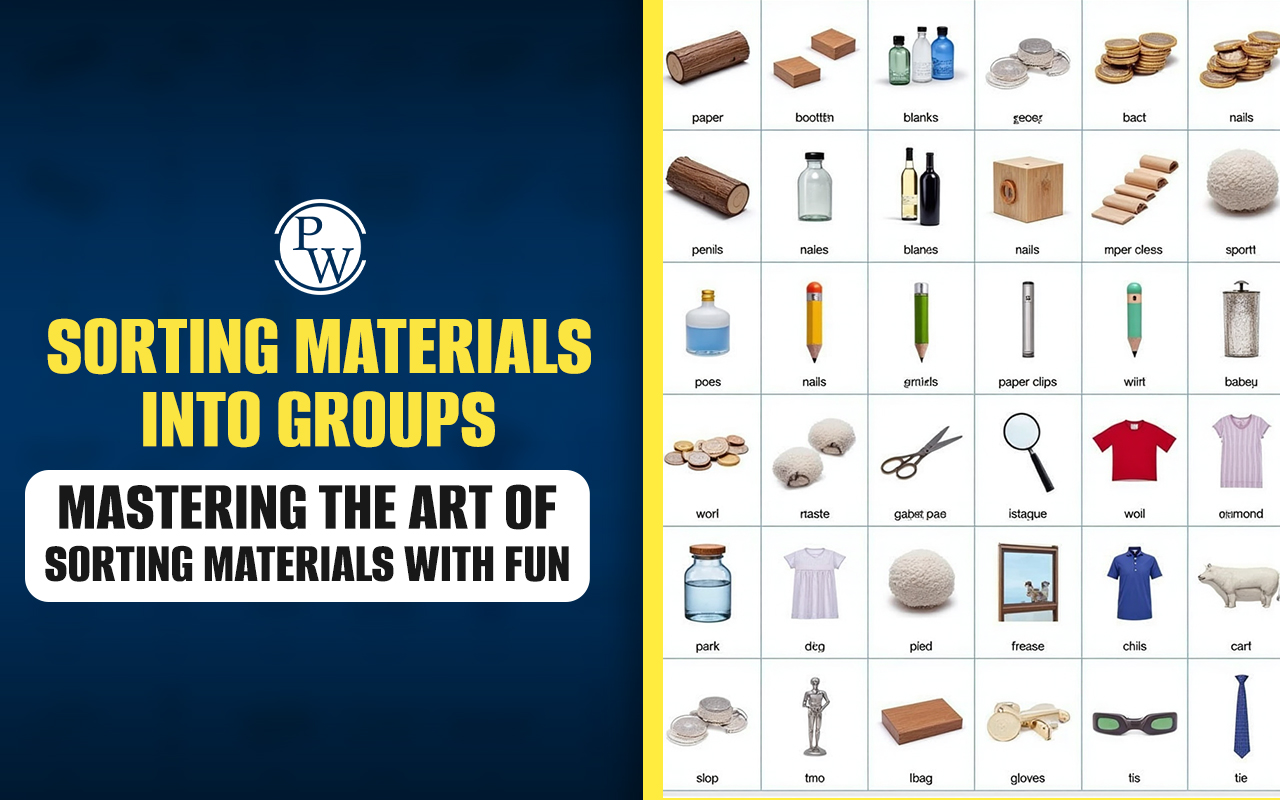
Sight Words
Sight words class 1 are the most common words children see when they start reading, such as the, and, it, a, to, you, he, she, for, and can. These words appear so often that children are taught to remember them at a glance instead of sounding them out.
Some are easy, like and or it, because the letters match the sound. But some are tricky. For example, the word ‘come’ is tricky because it looks like it should sound like “cohm,” but we actually say it like “cum.” The word ‘once’ looks like “ohn-see,” but we say “wuns.”
These kinds of words do not follow normal phonics rules, which is why children should practise them again and again through reading, flashcards, and games.
Read More: Words that Start With A
Features Of Sight Words
Sight words have some special characteristics that make them different from regular vocabulary words. Let’s look at their unique features:
-
High frequency: These words are among the most common words used in daily language and texts.
-
Non-phonetic nature: Many such words do not follow spelling or sound rules. Their sound does not consistently match up to their letters.
-
Short and simple: Most of these words are short, usually 2–4 letters.
-
Cannot always be visualized: Unlike nouns such as "dog" or "cup," words like "the" or "was" are abstract and need memorization.
Importance of Sight Words
Sight words play a major role in early education. For a child who is just starting to read and learn new words, being able to recognize these easy sight words helps them in different ways, as mentioned below:
-
Improve fluency: Children fluently go over every word, which makes reading faster and smoother.
-
Easy comprehension: With fewer interruptions to decode the words, children focus on learning other words, improving vocabulary and language skills.
-
Improve confidence: The ability to read quickly and independently improves the confidence of the child and motivates them to explore more books.
-
Support writing skills: A good knowledge of these words helps students use them in their own writing and improve sentence formation.
Read More: Three Letter Words in English
List of 100 Sight Words For Class 1
There are many words in English that are introduced as sight words to young learners. The table below presents a 100 sight word list that children frequently encounter in reading and writing. Mastering this 100 sight word list helps students recognise words instantly, making reading faster, smoother, and more enjoyable.
|
List of 100 Sight Words For Class 1 |
||||
|
And |
Put |
Ask |
Best |
Laugh |
|
You |
Can |
Every |
New |
Could |
|
The |
So |
Where |
Before |
Know |
|
It |
Buy |
Why |
Both |
Just |
|
We |
Was |
How |
Cold |
Eat |
|
Me |
Under |
Walk |
Does |
Done |
|
He |
Who |
Down |
Like |
Own |
|
She |
Water |
Up |
Him |
Try |
|
In |
Yes |
Make |
Her |
Eight |
|
On |
Know |
Like |
Has |
Bread |
|
Go |
Blue |
See |
Have |
Floor |
|
Are |
No |
Look |
Use |
Game |
|
Am |
They |
After |
Of |
Paper |
|
Is |
Here |
Play |
Fast |
Birth |
|
Of |
Eye |
Was |
Slow |
Night |
|
Do |
Soon |
Were |
Give |
Rain |
|
Eat |
One |
Soon |
Found |
Fly |
|
Now |
Two |
Late |
Pull |
May |
|
Our |
Three |
West |
Work |
Write |
|
Sea |
Four |
East |
Said |
Some |
Also read: Homophones Words A to Z
How to Guide Class 1 Students Learn Sight Words?
Learning sight words for Class 1 requires frequent exposure and practice. Every child learns differently, so using multiple strategies can be very effective to help them recognize sight words, especially for Class 1 students. Here are some tried-and-tested methods:
-
Flashcards: Write sight words on colorful flashcards and involve children in practicing and memorizing them through a fun game.
-
Word Walls: Create a board with sight words in the classroom or at home. Stick new words on the board each week and encourage children to read them aloud.
-
Repetition in Stories: Encourage children to read short stories and highlight sight words. As they see the words frequently, they can remember them easily.
-
Writing Practice: Ask children to write sentences using new sight words. This daily practice helps in identifying, memorizing, and using them appropriately in writing.
Sight words form the basic structure of sentences that helps in reading and writing from an early age. When children learn to recognize them instantly, it saves time and helps them read fluently and enjoy the learning process.
For Class 1 students, learning sight words is essential, as they appear in every subject and storybook. Starting with easy ones and gradually helping students to learn more sight words can ensure steady progress toward building effective language skills.
Improve Your Child’s English Fluency with CuriousJr
Is your child struggling to speak or write English confidently? CuriousJr’s English Online Classes by Cambridge program help children aged 6 to 14 improve fluency step by step from home. The online classes cover grammar, vocabulary, pronunciation, writing, and public speaking in a simple and enjoyable way.
Your child will get:
-
Live sessions with teachers for regular practice
-
Lessons on sentence structure, tenses, and punctuation
-
Vocabulary and pronunciation exercises for clear speaking
-
Creative writing, speaking activities, and interactive games
The program follows four levels, from Starters for ages six to eight, Movers for eight to ten, Key for ten to twelve, and Preliminary for ages twelve to fourteen, gradually moving from simple phrases to writing, speaking, and group discussions. Book a demo class today to know more about our online classes.
Do you need help with your homework or preparing for exams?
Study without using the internet
Sight Words FAQs
What is the ideal age for learning sight words?
What are some of the common two-letter sight words?
Give examples of sight words that pronounce the same letters differently.
Give examples of sight words that have different spellings but pronounced in the same way.














